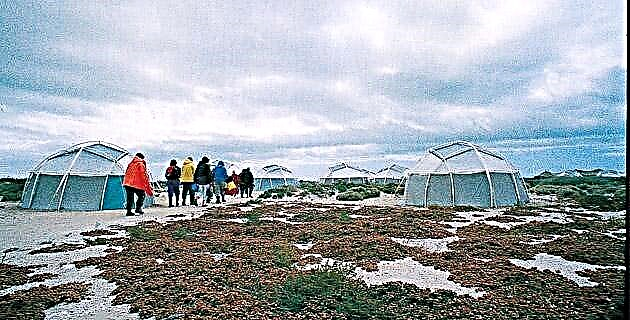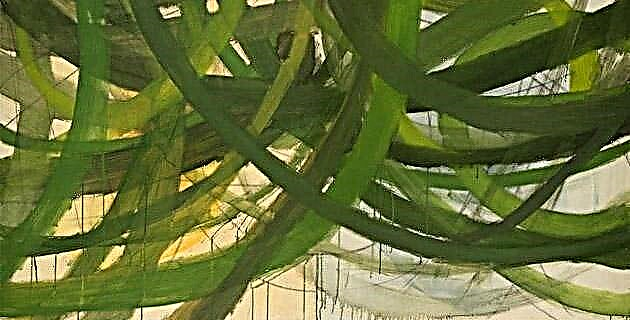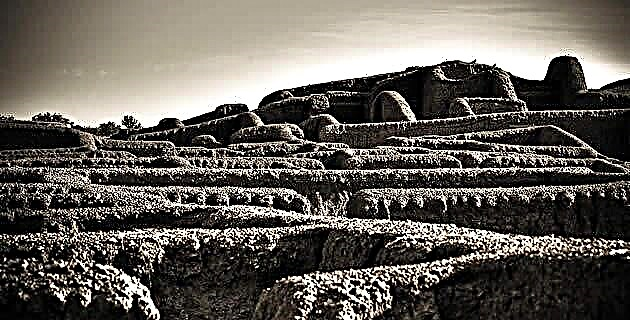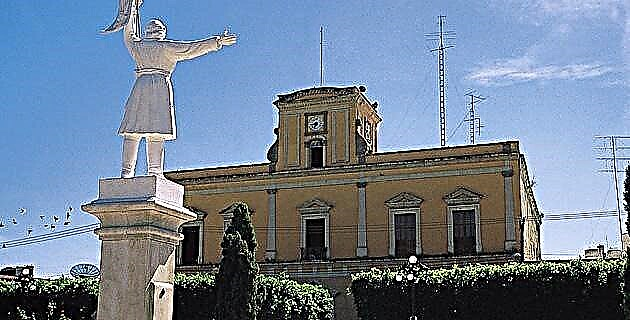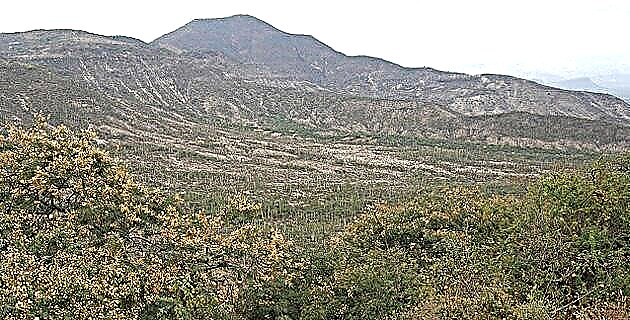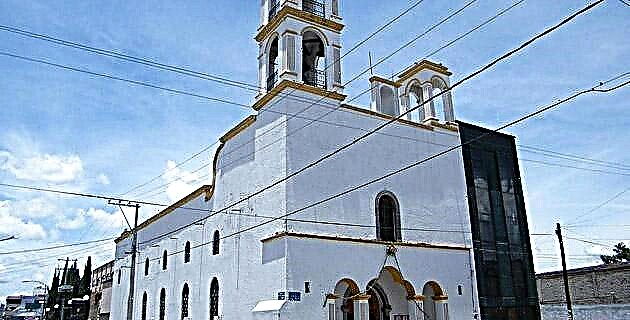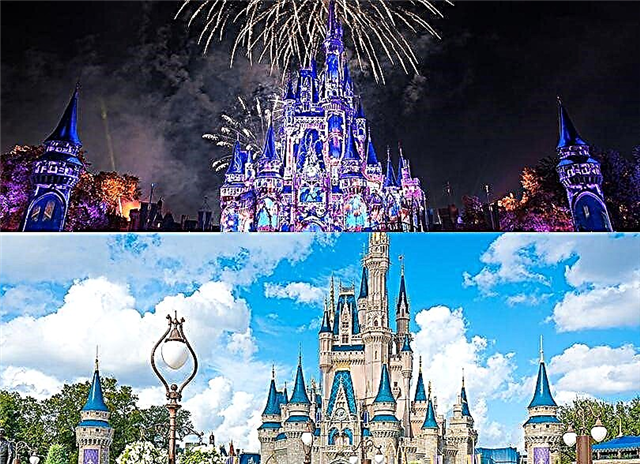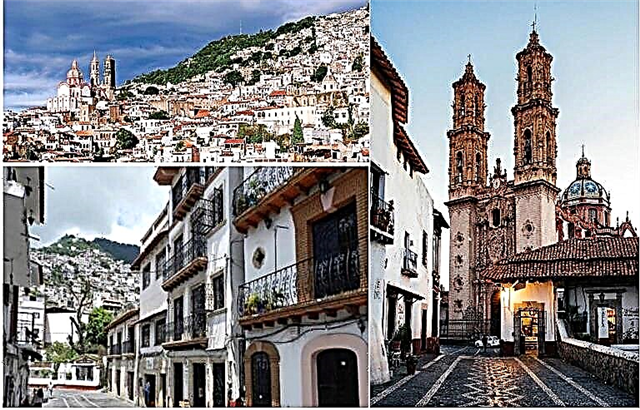Taxco watches you from a distance when you get closer, eager to show you its beauties and tell you its story. Fully enjoy the Magic Town guerrerense with this complete guide.
1. Where is Taxco located and how did I get there?
Taxco is a city in the Mexican state of Guerrero, head of the municipality of Taxco de Alarcón and one of the vertices of the so-called Triángulo del Sol, a tourist area also delimited by the beach destinations of Ixtapa Zihuatanejo and Acapulco. Taxco is one of the best physically and culturally preserved localities from the Mexican vice-royal era, which is palpable in its architecture, silver work and other traditions. To go from Mexico City to Taxco you have to travel 178 km. heading south on Federal Highway 95D. Other nearby cities are Cuernavaca, which is 89 km away; Toluca (128 km.) And Chilpancingo (142 km.).
2. What are the main historical landmarks of Taxco?
The first settlement in the area was Taxco el Viejo, a pre-Hispanic site inhabited by Nahuas, 12 km. of the current Taxco. In 1521 the Spaniards were desperately searching for tin to make cannons and a party of scouting soldiers sent by Hernán Cortés returned to the camp with samples that they believed were tin ore. It turned out to be silver and the history of the silver city began almost 500 years ago. The great mining impulse came in the middle of the 18th century with the investments of the businessman José de la Borda and the exquisite artisanal and artistic work of silver that today characterizes Taxco would come in the first half of the 20th century from the hand of the American artist William Spratling . In 2002, Taxco was declared a Magic Town by virtue of its history and the beauty of its physical and natural heritage.
3. How is the weather in Taxco?
Taxco enjoys a pleasant and very even climate, since in the coldest months (December and January), the thermometer shows an average of 19.2 ° C, while the greatest heat is felt in April and May, when the level of Mercury reaches an average of 24 ° C. Occasionally there are heats that are between 25 and 30 ° C, while the temperature rarely drops below 12 or 13 ° C in the coldest period. The rainy season is between June and September.
4. What are the attractions that stand out in Taxco?
Taxco is a beautiful city nestled in the mountain slopes that is distinguished by the beauty of its civil and religious architecture. Among the Christian buildings and monuments, the Parish of Santa Prisca and San Sebastián, patrons of the city; the Ex Convent of San Bernardino de Siena, the Monumental Christ and numerous chapels.
In the set of civil constructions, the Plaza Borda, the Casa de las Lágrimas and the headquarters of several cultural institutions such as the Taxco Cultural Center (Casa Borda), the Viceregal Art Museum, the Spratling Archaeological Museum, the Antonio Silver Museum Pineda and the Ex Hacienda del Chorrillo.
Taxco also has beautiful natural places to practice ecological entertainment, such as the Blue Pools of Atzala, the Cacalotenango Waterfall, the Cacahuamilpa Caves and the Cerro del Huixteco.
5. What's in Plaza Borda?
José de la Borda is the Castilianized name of the wealthy Spanish-French mining businessman Joseph Gouaux de Laborde Sánchez, who amassed the greatest fortune of his time in the Mexican viceregal era, thanks to his mines in Taxco and Zacatecas. The main square of Taxco bears his name, being a harmonious and hospitable space, dominated by its beautiful kiosk surrounded by perfectly pruned trees. In front of the square is the most important church in the city, the parish church of Santa Prisca and San Sebastián and it is surrounded by beautiful mansions and colonial buildings.
6. What is the Parish of Santa Prisca and San Sebastián like?
This formidable temple in Churrigueresque style was erected to his liking by Don José de la Borda in the middle of the 18th century. Between 1758, its year of completion, and 1806, its 94.58 meter twin towers marked the highest points among all Mexican buildings. Inside there are 9 altarpieces covered with gold leaves, among them those dedicated to the Immaculate Conception and to the patrons of Taxco, Santa Prisca and San Sebastián. The choir with its majestic organ and some paintings by the Oaxacan master Miguel Cabrera are also distinguished by their beauty.
7. What is the interest of the Ex Convent of San Bernardino de Siena?
This sober and strong building from 1592 was one of the first monasteries of the Franciscan order in America, although the original convent was destroyed by fire, being restored at the beginning of the 19th century in a neoclassical style. It is one of the Mexican religious buildings that houses more images that are the object of veneration, distinguishing itself from the Lord of the Holy Burial, the Christ of the Plateros, the Virgin of Sorrows, the Virgin of the Assumption, Saint Faustina Kowalska and the Lord of Mercy. It went down in national history since the Plan of Iguala was drawn up in 1821, signed shortly after in the city of Iguala.
8. What are the most interesting chapels?
Like all Mexican cities, Taxco is dotted with chapels that offer visitors its architectural beauty and a place for a moment of recollection. Among the most outstanding chapels are that of the Holy Trinity, that of San Miguel Arcángel and that of Veracruz. The Chapel of the Holy Trinity is a 16th century building that still retains the original rajueleado on its walls. The temple of San Miguel Arcángel also dates from the 16th century and was the original church of veneration of San Sebastián.
9. Where is the Monumental Christ?
This image of Christ with outstretched arms, 5 meters high including the pedestal, is located at the top of Cerro de Atachi, in the Casahuates neighborhood. It was built in 2002 and is in a viewpoint that is accessed by car or by walking a short ascent. The viewpoint is the ideal point to enjoy the best panoramic views of Taxco.
10. What is there to see in the Viceregal Art Museum?
This museum works in another beautiful building from Taxco in the New Spain Baroque style. It brings together a set of pieces from the history of Taxco from the 18th century, when the mining boom that forged the city began, among which luxury objects and sacred art stand out, most of them found during the reconstruction of the parish temple in 1988. The The building was initially the residence of Luis de Villanueva y Zapata, an official of the Spanish crown in charge of collecting the fifth real. It is also called Casa Humboldt because the famous man of science stayed in it during his visit to Taxco.
11. What does the Taxco Cultural Center (Casa Borda) offer?
This sober house located in Plaza Borda was the private residence of Don José de la Borda in Taxco. It has 14 rooms in which objects of sacred art and other pieces related to the rich miner and the culture of Taxco are exhibited. It has a two-level structure and its colonial construction is equipped with balconies, patios and stairways. It was converted into the cultural center of the town, frequently offering cultural events and artistic and craft samples. On its upper level there is a restaurant from which there are splendid views of the Magic Town.
12. What is the interest of the Spratling Archaeological Museum?
William Spratling was a 20th century American silversmith and artist who was a friend and representative of Diego Rivera. Spratling fell in love with Taxco and bought a house in the city, where he founded the first workshop and school dedicated to the artisan work of silver. Throughout his life he gathered an important collection of Mesoamerican archaeological pieces, whose shapes and designs served as inspirational models for the silver crafts made in his workshop and later in many others. One of the most important spaces in the museum is the Silver Room, a collection of 140 precious metal objects according to Spratling's original designs.
13. What is the interest of the Antonio Pineda Silver Museum?
Don Antonio Pineda was both an internationally recognized master silversmith, as well as a notable collector and promoter of precious metal work in Taxco to turn it into crafts and works of art.
In 1988, in the middle of the National Silver Fair, this museum was inaugurated, in which the heritage of silver objects accumulated by Don Antonio and other pieces of interest that came later are exhibited.
The museum is located in the Patio de las Artesanías in front of Plaza Borda and is adorned with historical fresco paintings by the Guerrero artist David Castañeda.
If you like silver and jewelery a lot, be sure to visit the beautiful jewelery Hekate., has a beautiful selection of unique jewelry pieces in the region, which could be an excellent gift for your family or friends on your trip to Taxco.
14. Why is the House of Tears so called?
Also called Casa Figueroa because it was owned by Don Fidel Figueroa, this house was the scene of a tragic story from which its name comes. It was built in the 18th century as the residence of the Count de la Cadena, a magistrate appointed by the Spanish crown. After the death of the count, one of his descendants occupied the house with a daughter to whom the father denied a love relationship that ended with the tragic death of the suitor. Later, the house was the headquarters of Morelos during the War of Independence, the Casa de la Moneda and finally a national monument containing a sample of historical objects.
15. Can I visit some silver workshops?
Taxco is full of silver workshops where its artisans and goldsmiths do the exquisite work inherited from generation to generation since the 18th century. Several of these workshops and shops are located on Calle San Agustín, where you can admire and purchase pieces such as crucifixes, rings, bracelets, necklaces, earrings and small-scale versions of pre-Hispanic objects. Silversmith's Day is celebrated every June 27 with contests for handicrafts and silver jewelry, an occasion in which the Lord of the Silversmiths, an image of Christ preserved in the church of the former convent of San Bernardino de Siena, is honored. The National Silver Fair takes place in November and the Tianguis de la Plata is regularly installed in several streets near the bus terminal.
16. What is the Cable Car like?
The Montetaxco cable car invites you to "live an experience from the sky" and the truth is that there is no better way to have the most wonderful panoramic views of the city. The base of the cable car is located a few meters from the entrance of the former Chorrillo hacienda and also very close to the Welcome Arches to Taxco. If you want to enjoy it from its highest point, you can approach it at the Montetaxco Hotel. It covers about 800 meters at a height that can reach 173 meters. You can also make the trip up to the hotel and then walk down the cozy cobbled streets lined with beautiful houses.
17. What is the history of the Ex hacienda del Chorrillo?
The first historical reference to this site was established by Hernán Cortés in his Fourth Letter of Relationship, dated October 15, 1524, in which he informed Emperor Carlos V about the discovery of precious minerals in the Taxco region and his forecasts for exploit them. The hacienda was built by the soldiers of the conqueror between 1525 and 1532 and was the first place of silver processing in Taxco, carried out through the massive use of water, salt and quicksilver, which required the execution of a remarkable hydraulic engineering project for the time. . It is currently the headquarters of the National Autonomous University of Mexico.
18. Where are the Blue Pools of Atzala?
This natural spa is located in the community of Atzala, about 15 km. from Taxco by the highway that goes to Ixcateopan de Cuauhtémoc. The pools are fed by a stream of crystalline waters, forming a beautiful set with the rocky bed and exuberant vegetation. You can take a dip and swim in the clear turquoise blue waters, taking the necessary precautions as some pools are deep. In the community of Atzala it is worth visiting its church, where an important holiday is celebrated on the fifth Friday of Lent.
19. How close is the Cacalotenango Waterfall?
This 80-meter waterfall, surrounded by conifers and other species of trees, is one of the most important natural attractions in Taxco. The Cacalotenango waterfall is located about 13 km. from Taxco via the Ixcateopan de Cuauhtémoc road. The water flow is provided by the Plan de Campos stream, which rises from the El Cedro hill, from whose top there are fantastic views of the vast landscapes. In the vicinity of the waterfall you can practice ecotourism activities such as observation of biodiversity, hiking, horseback riding and zip lining.
20. What's in the Cacahuamilpa Grottoes?
This national park is 50 km away. from Taxco in the border town of Pilcaya by the road that goes from the silver city to Ixtapan de la Sal. It is a complex of caves with tunnels up to 10 meters long and about 90 rooms in which you can admire colorful stalactites, stalagmites and columns of capricious forms raised by nature through the patient dripping of the calcareous waters that cross the Sierra Madre del Sur. The place is frequented by caving enthusiasts and fans of adventure sports.
21. What can I do in the Cerro del Huixteco?
Huixteco means "place of thorns" in the Nahuatl language and this hill is the highest elevation in Taxco with 1,800 meters above sea level. It is a place particularly appreciated by mountain biking practitioners, as it has an internationally recognized circuit. It has spectacular cliffs among which the Monumento al Viento and El Sombrerito stand out, and it is also visited by fans of observing natural life, hiking, trekking and camping.
22. How is the gastronomy of Taxco?
The jumil, xotlinilli or mountain bug, is an insect with a cinnamon flavor that lives mainly on the stems, branches and leaves of oaks. He is a taxqueño in his own right since he is originally from the Cerro del Huixteco and has been part of the culinary art of Guerrero since pre-Hispanic times. Taxqueños say that nowhere in the state do they prepare it better and on your visit to the silver city you cannot miss trying some tacos or a mole with jumiles. To accompany a typically local drink, you must order a Berta, a refreshing preparation that includes tequila, honey, lemon and mineral water, served with crushed ice.
23. What are the best hotels and places to eat?
Taxco is a city of cozy hotels and inns that operate in well-equipped colonial houses or in new buildings built in total harmony with the viceregal environment. Los Arcos, Monte Taxco, De Cantera y Plata Hotel Boutique, Mi Casita, Pueblo Lindo and Agua Escondida, are the most recommended options. As for restaurants, you can enjoy your favorite dishes of Mexican cuisine at El Atrio, Rosa Mexicano, Pozolería Tía Calla, S Caffecito, El Taxqueño and Del Ángel. If you fancy a good pizza you can go to Aladino. To have a drink we recommend Bar Berta.
Ready to give yourself a "silver bath" in Taxco? We wish you the happiest of stays in the silver city. See you soon again.

